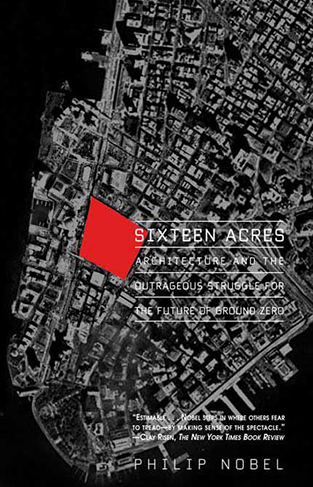Sixteen Acres - Architecture and the Outrageous Struggle for the Future of Ground Zero
Sixteen Acres - Architecture and the Outrageous Struggle for the Future of Ground Zero
By:
-
Rs 150.00
- Rs 300.00
- Ex Tax :Rs 150.00
- Price in loyalty points :150
You saved Rs 150.00.
Due to constant currency fluctuation, prices are subject to change with or without notice.
We're offering a high discount on this book as it is slightly damaged
Quirky, discursive, and highly opinionated a frank and devastating assessment of architecture and the rebuilding at Ground Zero (Michiko Kakutani, The New York Times)
Maverick architecture critic Philip Nobel takes us deep into the inner workings of Ground Zero, tracing the redevelopment of this battleground construction site from smoke-shrouded ruin to controversial master plan. Nobel gathers the huge cast of players at war with one another: real estate developers; grieving families; ambitious politicians; and most of all the architects, in the national spotlight as never before, charged with satisfying impossible demands and reconciling a sacred zone with daily life.
By turns tragic and comic, Sixteen Acres is a riveting story of high culture and low dealings, confronting the essential questions: Can buildings provide meaning? Are modern architects up to the job? What are the limits of architecture?
Estimable . . . Nobel steps in where [others] fear to treadby making sense of the spectacle.
The New York Times Book Review
Vastly preferable . . . Nobel, in refreshing contrast [to others on the subject], regards the circus-like chain of circumstances with skeptical detachment . . . and harrowing humor.
The New York Review of Books



